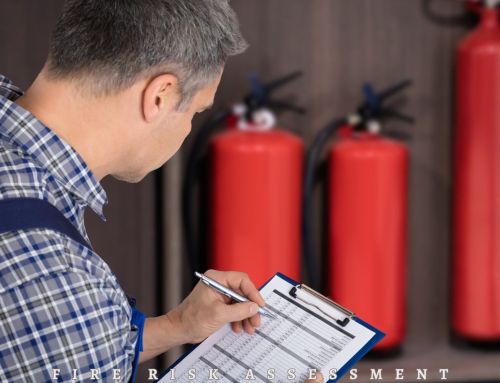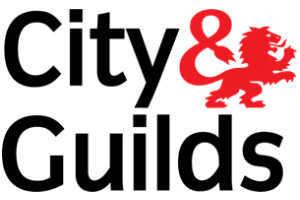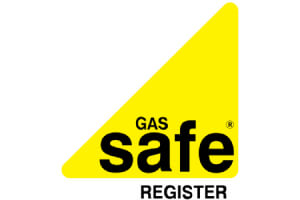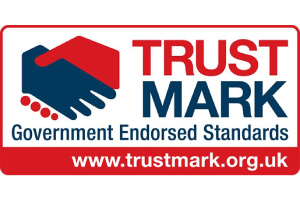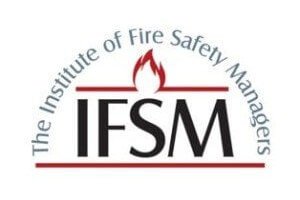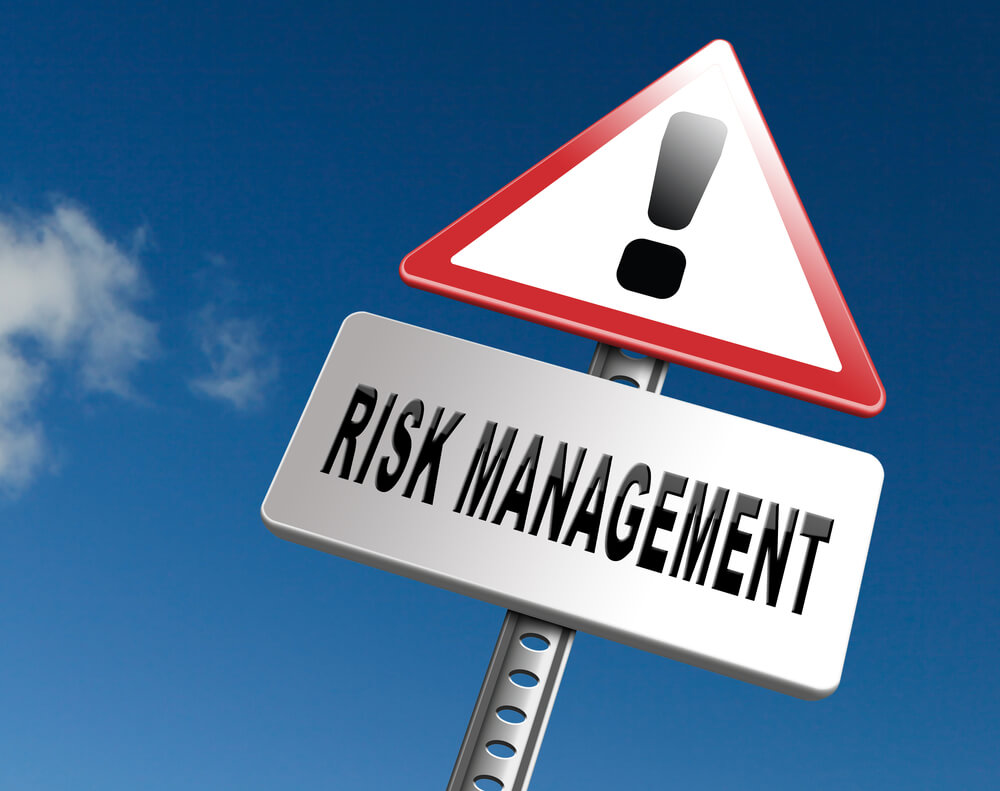
How Often Should Fire Risk Assessments Be Revised?
How Often Should Fire Risk Assessments Be Revised;
Fire risk assessments are an integral component of your building’s fire safety plan, but you must regularly review them to remain current.
Legislation does not specify how often this must occur, but it is a legal requirement under the Regulatory Reform (Fire Safety) Order 2005.
Depending on your premises, it may not be necessary to conduct a full review every year. However, any significant change in how your business operates should prompt such action.
1. Annual (How Often Should Fire Risk Assessments Be Revised)
How Often Should Fire Risk Assessments Be Revised;
Fire risk assessments are essential for ensuring people’s safety in buildings. They need to be regularly reviewed in order to guarantee they remain valid and up-to-date, helping prevent any potential fires from arising.
A fire risk assessment is a process which assesses the potential hazards of fire occurring and then takes steps to minimize them. It can be conducted by anyone, but usually by someone responsible for managing the building (known as the ‘Responsible Person’).
By law, it is the ‘Responsible Person’ who must conduct a fire risk assessment at their premises. This may be done regularly or when there has been an important change made to the property.
UK Safety Management recommends conducting a fire risk assessment once annually or whenever there has been an important change to the building. This is especially crucial for new structures or major alterations that may render escape routes insufficient.
Documenting any findings from your assessment, as well as any steps taken to reduce risk, should be kept on file for inspection by law enforcement officials. Doing this ensures they are aware of any issues and what steps are being taken to address them.
Legally, fire risk assessments must be reviewed at least every two years and this can be done either by you or a third party. Having a record of this review can prove that your assessments are up-to-date and thus in compliance with legislation.
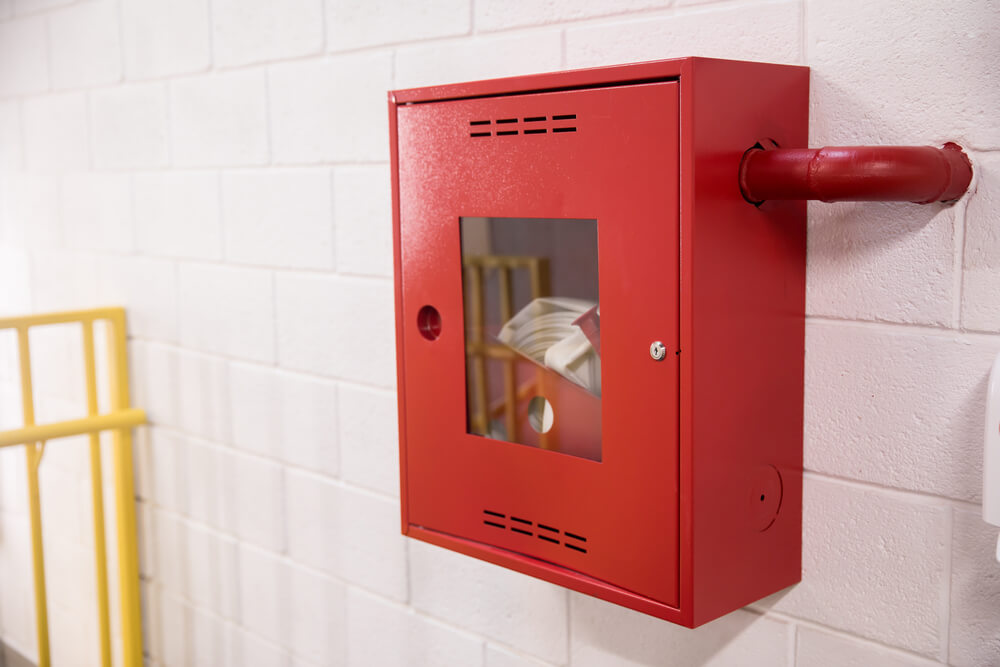
Another way to ensure your assessments remain up-to-date is by hiring a specialist to complete the work for you. Fire risk assessors possess the expertise needed to accurately identify potential hazards and ensure you adhere to all pertinent laws and regulations.
At some point in the future, it may become necessary to revisit a fire risk assessment as circumstances may have altered since its original completion. This could be due to an actual fire or an incident which has revealed any errors made in the initial assessment. It’s always wise to do this promptly in order to prevent further incidents from arising.
2. Six monthly (How Often Should Fire Risk Assessments Be Revised)
How Often Should Fire Risk Assessments Be Revised;
Fire risk assessments should be reviewed regularly as part of the fire safety management process, to guarantee they remain up to date and in line with current guidance. It is also required by law under the Regulatory Reform (Fire Safety) Order 2005 to do this.
A fire risk assessment can help you recognize and address potential hazards in your premises, taking action to avoid or minimize them. Doing this will guarantee your business remains secure, as well as protect employees from harm due to a fire.
The initial step in this process is to conduct a detailed assessment of your premises. This involves identifying any sources of ignition, substances that burn and potential risks to people on-site. After doing this, you can decide if existing precautions are sufficient or more needs to be done.
To complete an assessment, utilize either a checklist or template provided by the Government and Chief Fire Officers Association. After you have finished, you will be provided with a report highlighting areas of your premises which pose high, normal or low risks.
These should then be classified according to their level of risk, with low-risk areas needing fewer precautions and high-risk areas needing greater vigilance. Furthermore, you should take into account the size of your premises as well as how many people work there.
Additionally, you should inspect the type of work being carried out on the premises. This includes any potentially flammable materials like petrol and chemicals being used. Furthermore, make sure all necessary equipment such as extinguishers is used.
Once you have created your report, you must decide how best to reduce the likelihood of fire occurring in your workplace. This may involve eliminating or replacing hazards or installing additional fire safety measures.
Additionally, ensure the fire risk assessment is available to everyone working in your building – even those who haven’t read it yet. A copy of the assessment should be created and kept securely for this purpose.
3. Twelve monthly (How Often Should Fire Risk Assessments Be Revised)
How Often Should Fire Risk Assessments Be Revised;
Fire risk assessment is an integral component of keeping people safe. It should be conducted regularly and reviewed, so the business can make necessary improvements if needed to enhance employee or resident safety.
Legally, every non-domestic building must undergo a full fire risk assessment from an appropriately qualified person; however, there is no specific timeline for when this must occur.
Many businesses conduct their own annual review and then hire a third-party to carry out periodic full fire risk assessments. This can be done on either a six monthly or twelve monthly basis depending on the level of risk that a building might pose.
In addition to assessing people’s risks, a fire risk assessment will consider all measures that must be taken in order to safeguard occupants in case of fire. This could include installing emergency lighting, alarms and extinguishers that can be used quickly to put out fires.
Additionally, it will assess the internal layout of the building and any significant modifications since the original assessment. For instance, if it has been converted into a different purpose or its occupants have changed significantly, a completely new assessment might be required in order to identify what needs to be done.
Due to changes in a building, fire safety measures will need to be reviewed. This can be an ideal opportunity to inspect whether installed equipment is still functioning correctly; if not, consider making necessary modifications.
Under the Regulatory Reform (Fire Safety) Order 2005, it is the responsibility of a responsible person to conduct a risk assessment of their premises and identify any potential fire hazards and provide recommendations to reduce them. It then obliges them to put appropriate measures in place in order to keep the building secure.
It is the responsibility of the responsible party to guarantee that an assessment is performed by a competent professional and that any fire safety measures recommended are implemented promptly. Failing to do so could result in fines or prosecution.
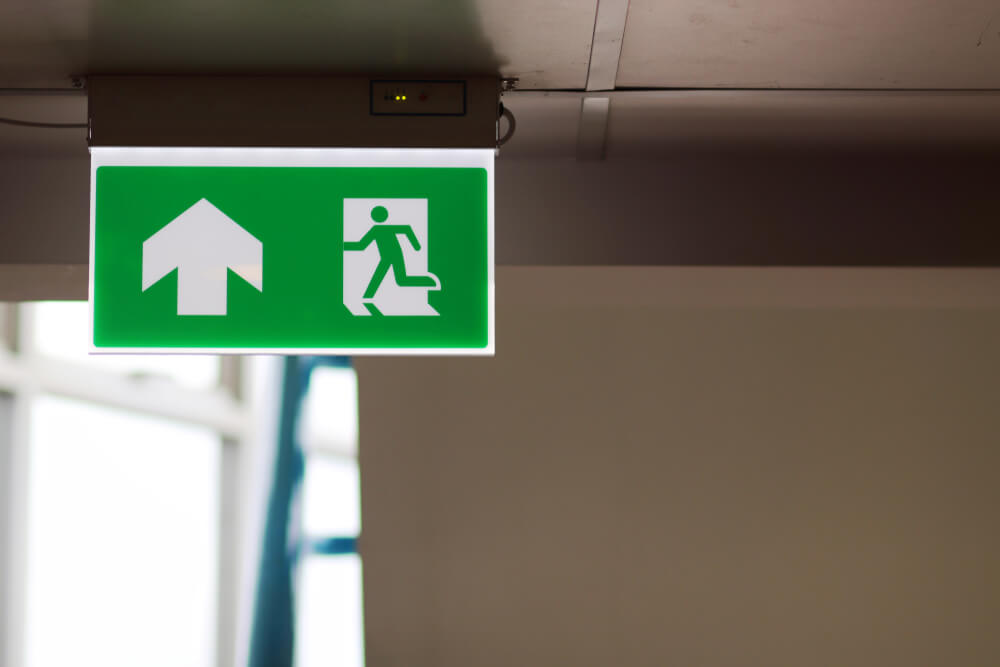
4. Fire Safety Order 2005 (How Often Should Fire Risk Assessments Be Revised)
According to the Regulatory Reform (Fire Safety) Order 2005, any fire risk assessment must be reviewed periodically in order to remain up to date. This is an advantageous practice as it helps guarantee your business and employees remain secure.
If you possess the necessary expertise, you could conduct your fire risk assessment yourself. Alternatively, an independent company could complete it for you. It’s essential that you receive an objective opinion regarding any hazards identified at work.
A fire risk assessment is a process that helps identify hazards in your building and decide how to reduce them. It will also evaluate any existing precautions in place to protect people from these dangers.
Once you’ve identified the hazards, you need to determine their level of risk. Essentially, the higher the danger, the greater the chance for harm; on the other hand, a low risk means there’s less likelihood that harm will result from them.
For example, a stonemason’s workshop may be considered low risk due to the absence of sources of ignition or heat in this area of the premises. Nonetheless, people must evacuate quickly in the event that a fire does break out there.
This will require you to identify all possible means of escape and the best places for meeting up in case of a fire. Create an elaborate emergency plan and display it prominently for everyone’s convenience.
Additionally, make sure to record your findings and the actions you take to control the fire risk are recorded in a logbook so that you can monitor their implementation. Doing this may reduce legal liability should a fire ever occur at your premises.
The Regulatory Reform (Fire Safety) order specifies that any fire risk assessment must be reviewed when there is a significant change to the building or work activities. This could include something as minor as moving an office, but it must still be taken into account to help manage fire risks as much as possible.
Do you need a Fire Risk Assessment ? Book Now with us!
About the Author: LandlordCertificate
Related Posts
Get Social
Recent Posts
- Understanding Fire Extinguisher Testing: What It Involves
- Gas Safety Certificate Requirements: What Every UK Property Owner Must Know
- What Is the Fire Risk Assessment Cost
- Gas Safety Certificate in London: What It Is and Why You Must Have One
- Why Getting an Asbestos Survey Matters for Property Safety



